The content of the article
The appearance on the shelves of our country of such a delicacy, the look of which you can’t call habitual, happened relatively recently. However, despite this, it has already become a favorite product of many people, although it also has staunch opponents. Some people think that blue cheese is very healthy, others, on the contrary, are convinced that it is harmful to use it, ostensibly it can provoke an exacerbation of some diseases. What does this product bring harm or benefit? Let's try to find the answer to this question.
What is good for blue cheese
Not all mold that covers cheese is suitable for inclusion in the diet. Of course, the elite Roquefort does not compare with the cheese on which mold appeared due to long storage in the refrigerator. The last benefit will definitely not be. To create a delicacy, special varieties of mold are used, which differ from the poisonous aroma, qualities and appearance.
To create a unique product, the cheese substrate is combined with spores of blue mold or roquefort penicill. The surface of such cheese is covered with the most delicate fluff of fungi or mold, not found in the natural environment and appeared only in the course of human activity, thanks to repeated artificial selection.
It is impossible to create blue cheese - blue or white - naturally, without intentionally introducing fungal spores. The product is prepared only from domesticated spores that have been carefully selected.
Cheese is a product that in itself brings great benefits due to the presence in its composition of a variety of trace elements necessary for the human body. But, when it grows with spores of fungi, it is additionally enriched with useful properties. Among the similar qualities of blue cheese are the following:
- Improving calcium absorption. As with any other product made from milk, cheese contains a lot of calcium. But for the body to receive the necessary amount of this microelement, it is not enough to consume cheese, cottage cheese and other dairy products. The calcium that they contain is not always absorbed. For productive calcium metabolism, you should include in your menu products that promote the absorption of this substance. These include blue cheese. Thus, more calcium will enter the body than from simple cheese consumed in the same amount.
- Reducing the harmful effects of ultraviolet rays. This delicacy contains elements that lead to the fact that melanin begins to be intensively produced in human skin. This substance prevents the penetration of ultraviolet rays into the epidermis, preventing the formation of sunburn.
- Prevention of dysbiosis and increased gas formation. Artificially introduced spores of fungi when they enter the intestine contribute to the creation of favorable conditions for the growth and development of beneficial bacteria. They inhibit the processes in which undigested foods begin to break down, ferment and decompose.
- Enrichment of the body with proteins. A small slice of cheese with noble mold will deliver a greater amount of protein to the body, when compared with a piece of the same size of fish or meat. The substance takes part in the formation of muscle tissue.
- Favorable effects on the heart and blood vessels. People who often eat elite varieties of moldy cheeses are less likely to have strokes or heart attacks. In addition, fungal spores contribute to blood thinning, which reduces the risk of clots and improves blood flow.
- Normalize hormones and relieve stress.Noble mold contains a large amount of vitamin B5, which is responsible for the production of glucocorticoid hormones produced in the adrenal glands. With a deficiency of this substance, a person quickly becomes tired, suffers from insomnia, and becomes depressed.
What is harmful blue cheese
Although the product has many useful properties, the downside in this case is also available. The product will be harmful to health if consumed in amounts exceeding 50 g per day. Otherwise, spore suppression of the natural microflora fungi will occur - there will be a malfunction in the functioning of the intestine, dysbiosis.
As part of the mold there are elements that cause an allergic reaction. With increased sensitivity to penicillin and fungal infections, the product must be removed from the diet.
During childbearing and breastfeeding, you should abandon the use of blue cheese, as listeria live in it. Such bacteria can lead to the development of infectious diseases. If listeriosis in a person with strong immunity passes without vivid clinical manifestations, then the future mother may experience symptoms such as vomiting, fever, and fever. Such a load on the immune system can lead to extremely adverse consequences: spontaneous abortion, defects in the formation of the fetus, delivery before the due date.
How to use
It will take a lot of time and following some rules to make real cheese with mold. This complex recipe determines the high cost of the product, as well as the fact that it is quite rare on store shelves.
In order for the exquisite taste of blue cheese to fully reveal, you need to know how to use this delicacy:
- Camembert, the taste of which is distinguished by piquancy and pungency, will be fully revealed if you use this cheese with champagne, honey, fruits (especially with a grape).
- Gorgonzola - Italian blue moldy cheese with a bright taste, it is better to eat with potatoes and bread. These neutral products shade the pronounced smack of cheese. In addition, such a product will be an excellent snack for alcoholic beverages - beer, white and red wines.
- Brie is a soft cheese native to France that uses cow's milk to make it. On a dish next to it, it is advisable to place almonds, slices of pineapple or melon, as well as shrimp. Gourmets prefer dipping the most delicate cheese in honey or apple jam. If you cut off the crust from the product, which is covered with mold, then it can become a component for sauces or soups.
- Dor Blue - soft blue cheese with German-made mold goes well with grapes, nuts, dried fruits. It is included in the composition of pies, pizzas. From alcohol to cheese with a slightly salty flavor, red wine would be the best option.
- Roquefort is a blue cheese variety of French cheeses. For the manufacture of sheep’s milk is used. Its brackish taste resembles a hazelnut. The maximum disclosure of taste will occur if you combine it with fruits, sweet desserts, honey, as well as vegetables and herbs. From alcohol, it is better to serve strong wines, cahors or white wine to this cheese.
Video: 5 reasons to eat blue cheese!


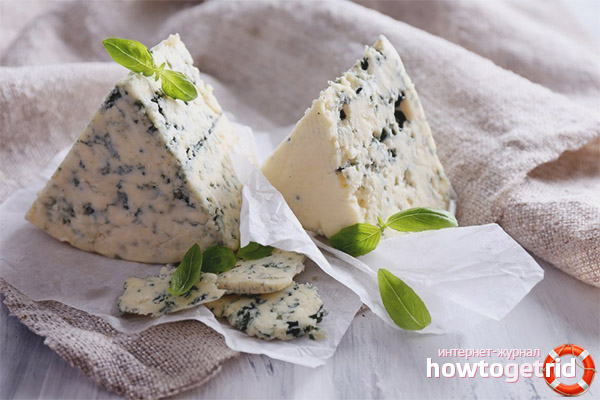
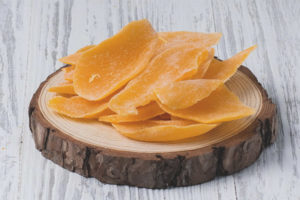
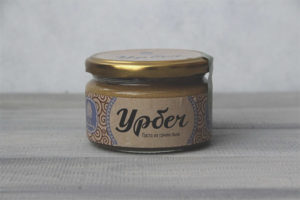
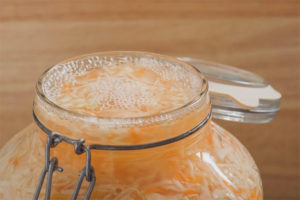

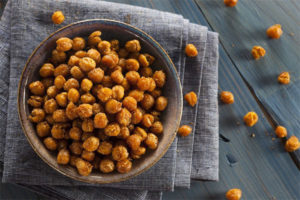

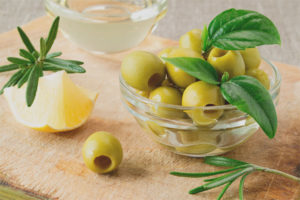

Submit